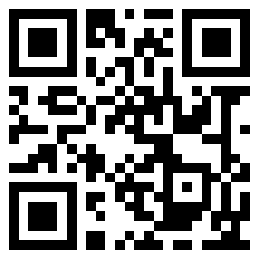听力音频:
https://mp.weixin.qq.com/s/g4XXIieNMrNeBjbTCQFosA?token=22065977&lang=zh_CN
L2:
Lecture 2
第一题
What does the professor mainly discuss?
AA method for teaching infants social-evaluation skills
BVarious ways that infants learn social-evaluation skills
CEvidence that infants are able to evaluate social behavior
DEvidence that infants associate certain emotions with certain geometric shapes
第二题
What did researchers do in the first experiment the professor describes?
Select 2 answers
AThey observed infants as they play with wooden blocks.
BThey observed infants as they interacted with one another.
CThey presented infants with a series of simple stories.
DThey observed as the infant chose between two objects.
第三题
What does the professor imply was the purpose of the second experiment that the researchers conducted?
ATo determine whether the findings about younger infants also apply to older infants
BTo find out whether infants’ social-evaluation skills improve with experience
CTo correct a procedural error in the first experiment
DTo rule out possible alternative explanations for the results of the first experiment
第四题
Why did the researchers change the appearance and movement of the climber block in the second experiment?
ATo make the climber block more visible
BTo convey that the climber block was not alive
CTo make the climber block more attractive to the infants
DTo make the climber block appear more independent
第五题
According to the professor, what is considered the most significant finding of the experiments described in the lecture?
AThat infants are able to evaluate social interactions in which they are not involved
BThat young infants learn social skills by interacting with other infants
CThat infants are able to evaluate their own social behavior
DThat infants cannot distinguish between helping interactions and hindering interactions
第六题
What does the student mean when he says this:
AHe doubts that people are born with the ability to make social evaluations
BHe wonders how researchers came to conclusions about infants’ abilities
CHe doubts that all infants have the exact some social-evaluation skills
DHe does not understand why infants need social-evaluation skills





